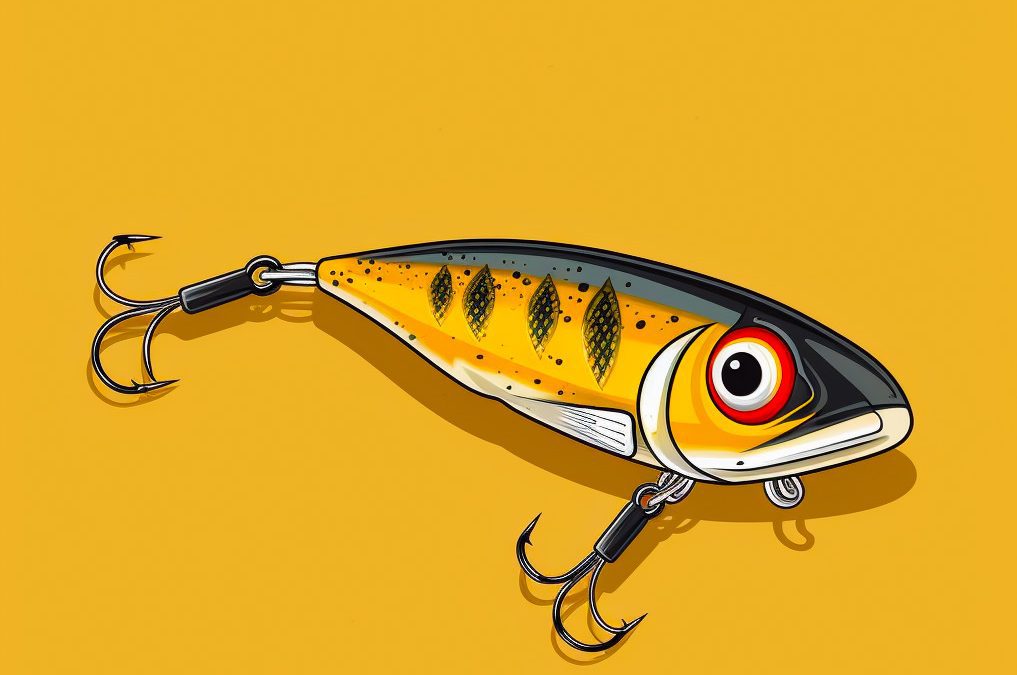As an avid bass angler, I’ve tried all sorts of lures over the years. But there’s one type of bait that has consistently produced results for me – jerkbaits. These versatile lures have become a mainstay in my tackle box and are my go-to choice when targeting bass. In this comprehensive guide, I’ll share everything I’ve learned about fishing with jerkbaits and hopefully help you catch more fish too.
Understanding Jerkbaits
Before we dive into the different types of jerkbaits available, it’s important to understand what they are and how they work. Essentially, a jerkbait is a fishing lure that mimics the movement of a baitfish. When retrieved in the water, a jerkbait wobbles and jerks erratically, just like a panicked baitfish trying to evade a predator.
The technique of retrieving a jerkbait is to “jerk”, or snap the rod tip sharply to one side or the other, causing the bait to dart rapidly in that direction. This creates the jerky, erratic movement that is so effective in triggering strikes from bass.
Different Ways to Retrieve a Jerkbait
There are several ways to retrieve a jerkbait, each with its own benefits and drawbacks:
- Steady retrieve – This involves reeling the bait in at a consistent speed without any pausing or jerking. This tactic can be effective in calm water or when targeting less aggressive fish.
- Stop-and-go retrieve – This involves reeling the bait in with a few sharp jerks, followed by a pause. This pause simulates a wounded or stunned baitfish, making it an attractive target for predatory bass.
- Twitch and pause – This is similar to the stop-and-go retrieve, but with shorter, more subtle jerks. The pauses between twitches should also be longer, allowing the bait to float back up to the surface before the next twitch.
- Rip and pause – This retrieve involves sharply jerking the bait several times in quick succession, followed by a longer pause. This technique is best used in deep water or when you want to get the bait to dive quickly.
Types of Jerkbaits
There are several different types of jerkbaits available, but they all fall into one of three categories:
- Hard-plastic jerkbaits – These are the most popular type of jerkbait and can be found in just about every tackle shop. They are made of hard plastic and typically have a lip on the front that allows them to dive down into the water. Hard-plastic jerkbaits come in a range of sizes, shapes, and colors, making them a versatile choice for any conditions.
- Soft-plastic jerkbaits – These baits are made of soft plastic and typically have a more natural feel and appearance. Soft-plastic jerkbaits can be rigged weedless and fished around structure, making them a great choice for shallow water.
- Hybrid jerkbaits – These baits are a combination of a hard-plastic body and a soft-plastic tail. The soft tail gives the bait a more natural look and feel, while the hard body allows for longer casts and better diving performance.
How to Select the Right Jerkbait
Choosing the right jerkbait for the conditions is critical to success. Here are a few factors to consider when selecting your bait:
- Water clarity and color selection – In clear water, you’ll want to use a more natural-looking bait with subtle colors. In murky water, brighter colors are more effective at attracting fish. It’s also important to match the color of the bait to the color of the baitfish in the water.
- Depth of water and diving depth – Different jerkbaits have different diving depths. A shallow-diving jerkbait is best in shallow water, while a deeper-diving bait is better for deeper water.
- Temperature and seasonality – In colder water, a slower retrieve with a more subtle bait is usually more effective. In warmer water, a faster retrieve with a more aggressive bait is better.
Fishing with Jerkbaits
Once you’ve selected your bait, it’s time to head out on the water and start fishing. Here are a few tips to keep in mind:
- Finding the right location and structure – Bass like to hang out near structure, such as rocks, logs, and weed beds. Look for these features on your fish finder and focus your fishing efforts there.
- Presenting the bait to the bass – When casting a jerkbait, make sure to aim for the structure where the fish are likely to be. Once the bait hits the water, allow it to sink to the appropriate depth before starting your retrieve.
- Tips for increasing your chances of a catch – When fishing with a jerkbait, it’s important to stay alert and pay close attention to the lure. Sometimes the strike will come on the pause, so be prepared to set the hook at any moment. It’s also important to vary your retrieve until you find what works best for the conditions.
Advanced Jerkbait Techniques
Once you’ve mastered the basics of fishing with jerkbaits, it’s time to try some more advanced techniques:
- Dead sticking – This involves making a cast and then leaving the bait motionless for several seconds. This can be an effective technique when fishing in cold water.
- Twitching – This is a more subtle version of the jerk and pause retrieve. Instead of big jerks, use smaller ones to create a more natural-looking bait.
- Ripping – This involves making several sharp jerks in quick succession to get the bait to dive quickly. This technique is effective in deep water or when you want to get the bait down quickly.
Troubleshooting Common Jerkbait Problems
Even the most experienced anglers run into problems with their bait from time to time. Here are a few tips for troubleshooting common jerkbait problems:
- Snags and tangles – This is a common problem when fishing in heavy cover or around structure. The best way to avoid snags is to fish with a weedless setup or to keep your bait high in the water column.
- Hooks and hooksets – When using a jerkbait, it’s important to use a sharp hook and to set the hook firmly when you feel a strike.
- Fish not biting – If the fish aren’t biting your jerkbait, try switching up your retrieve or changing the color or type of bait you’re using. It’s also important to pay attention to the conditions and adjust your tactics accordingly.
Conclusion
In conclusion, jerkbaits are an incredibly effective choice when fishing for bass. By selecting the right bait and using the right technique, you can increase your chances of catching more fish. Whether you’re a seasoned ang
ler or just starting out, jerkbaits are a versatile and rewarding lure to fish with.
That said, don’t be discouraged if you don’t catch fish right away. It can take time to learn the art of jerkbait fishing and to find out what works best for the conditions you’re fishing in. Sometimes, what works one day may not work the next. So, be open to experimenting with different baits and techniques until you find what works best for you.
One thing to keep in mind when using jerkbaits is to be patient. Jerkbait fishing can sometimes be slow, with long stretches of time in between bites. This can be frustrating, but it’s important to remember that fish are often picky eaters. It can take time for a bass to decide to strike, so keep working your bait and stay alert for any signs of a fish around your lure.
Another tip for fishing with jerkbaits is to pay close attention to the conditions around you. Factors such as water temperature, water clarity, and weather conditions can all impact the effectiveness of your bait. Knowing how to adjust your technique and bait selection to suit the conditions is key to success.
Finally, jerkbait fishing is not just about catching fish. It’s also about enjoying the great outdoors, spending time with friends and family, and honing your skills as an angler. So, get out there, have fun, and enjoy the thrill of the catch with jerkbaits.
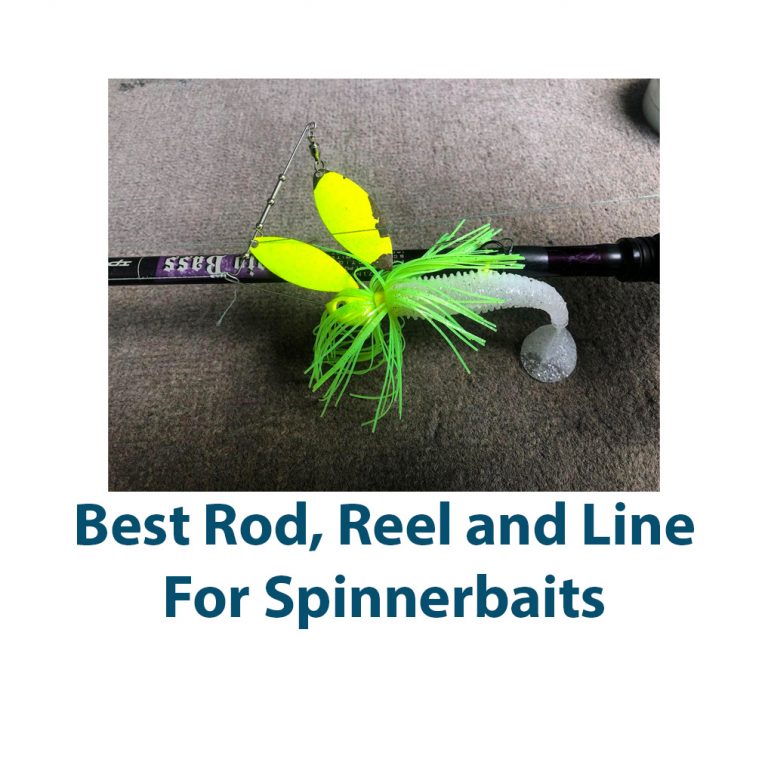
Best Rod, Reel and Line For Spinnerbaits
Introduction: Fishing is one of my favorite pastimes, and I’m sure it is for many of you as well. However, catching fish is not always easy. It requires not only patience and skill but also the right gear. When it comes to spinnerbaits, choosing the best rod, reel, and line is critical to your success. […]
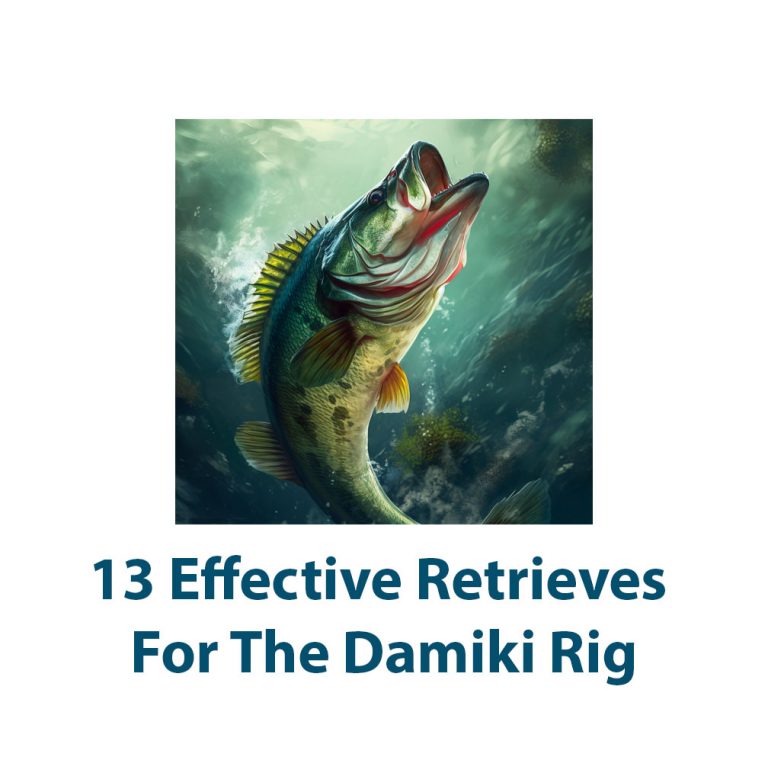
Guide For 13 Effective Retrieves For The Damiki Rig
As a fishing enthusiast, I have always been amazed at how the right retrieve can make all the difference in the world when it comes to catching fish. Recently, I have been experimenting with the Damiki rig and have been blown away by its effectiveness. However, with so many different retrieves to choose from, it […]
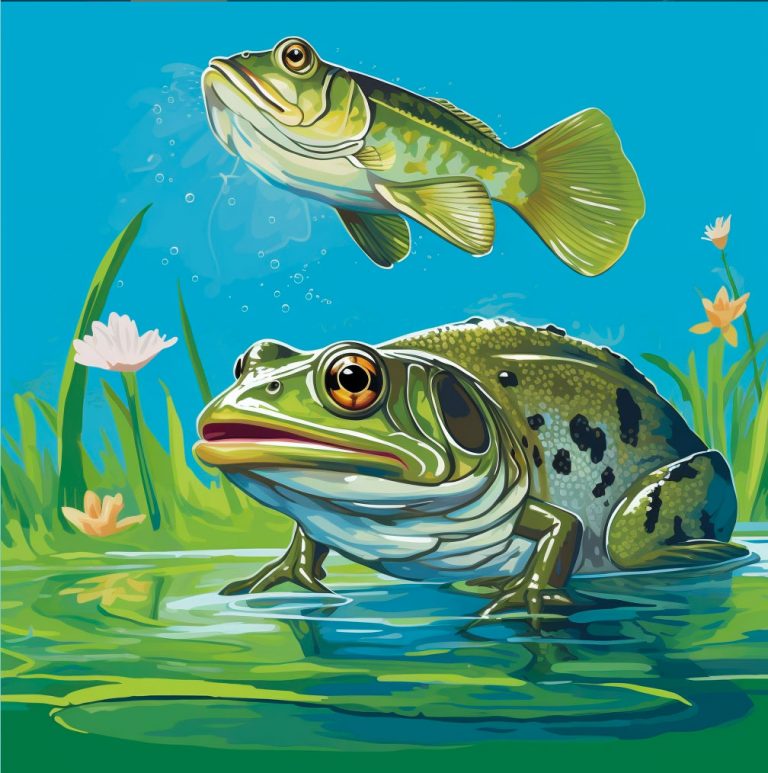
15 Topwater Frog Techniques: Catch The Biggest Bass
Introduction Hey there, fellow anglers! If you’ve clicked on this article, then I’m sure you’re just as excited as I am to learn the top 15 techniques for topwater frog fishing for bass. But before we jump into those techniques, let me give you a little background on why topwater frog fishing is such an […]
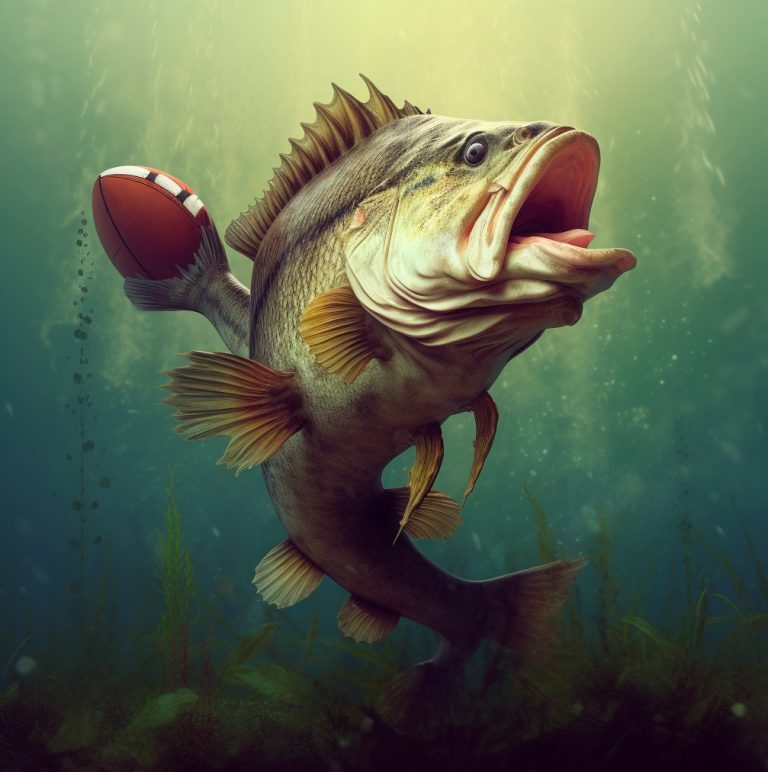
A Guide To Football Jigs For Bass
Introduction As a lifelong angler, I’ve tried my hand at countless types of fishing for different species. But when it comes to fishing for bass, there’s one technique that has stood out above the rest: using football jigs. At first, I was skeptical. The jigs didn’t look like they had much action in the water […]
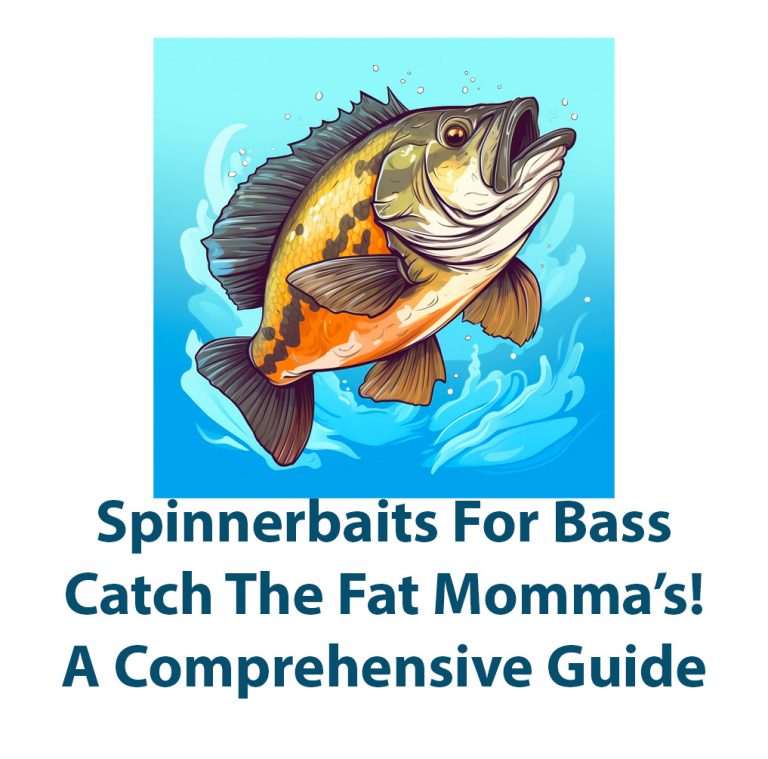
Spinnerbaits For Bass: Catch The Big Momma’s!
Greetings, fellow fisherman. Today, I want to discuss the spinnerbait, which is a crucial piece of equipment for any bass fisherman. This article is for you if you want to expand your toolkit with a new technique or if you want to try spinnerbaits for the first time. I can vouch for the adaptability and […]
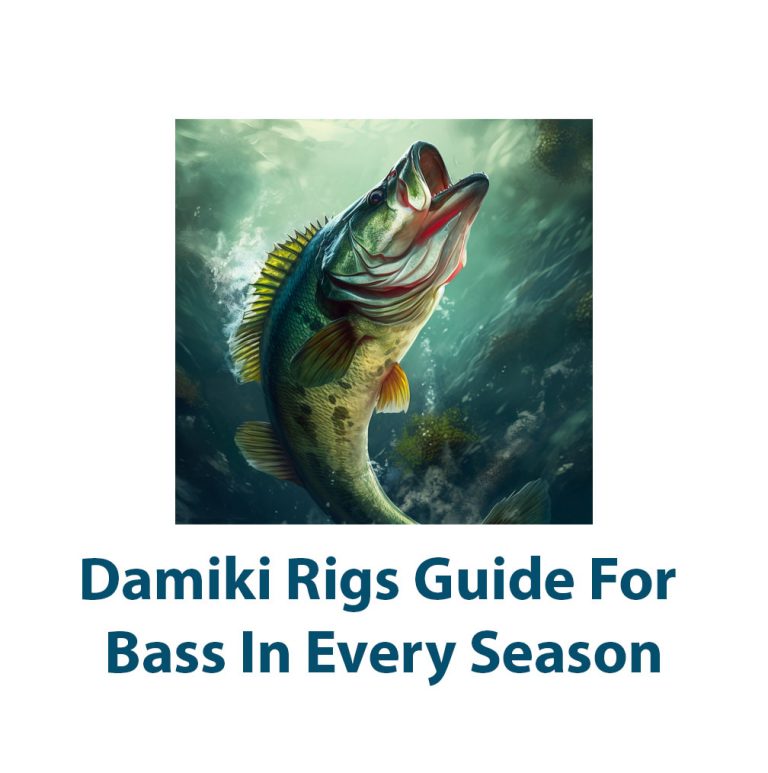
Damiki Rig Guide For Bass In Every Season
Introduction As an avid angler, I have always been fascinated by the various fishing techniques used to catch different types of fish. Over the years, I have studied and experimented with different types of rigs, baits, and lures to improve my fishing game. However, one rig that has consistently remained in my tackle box is […]

